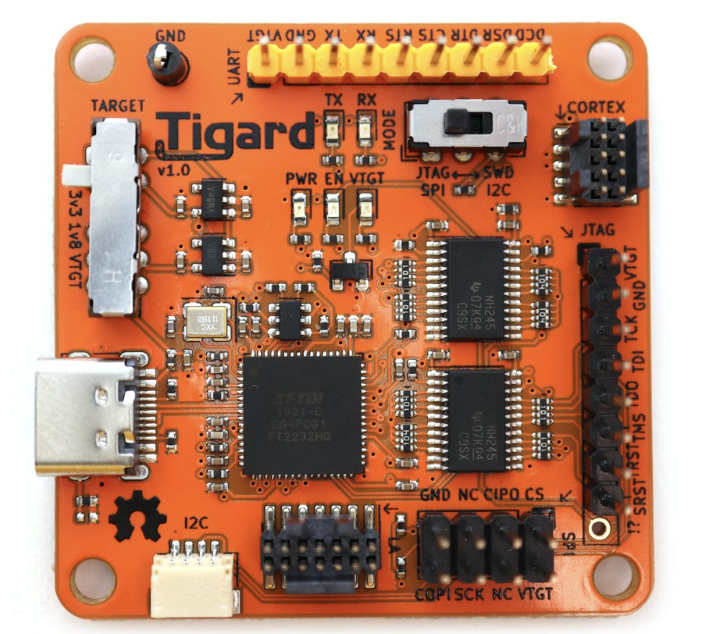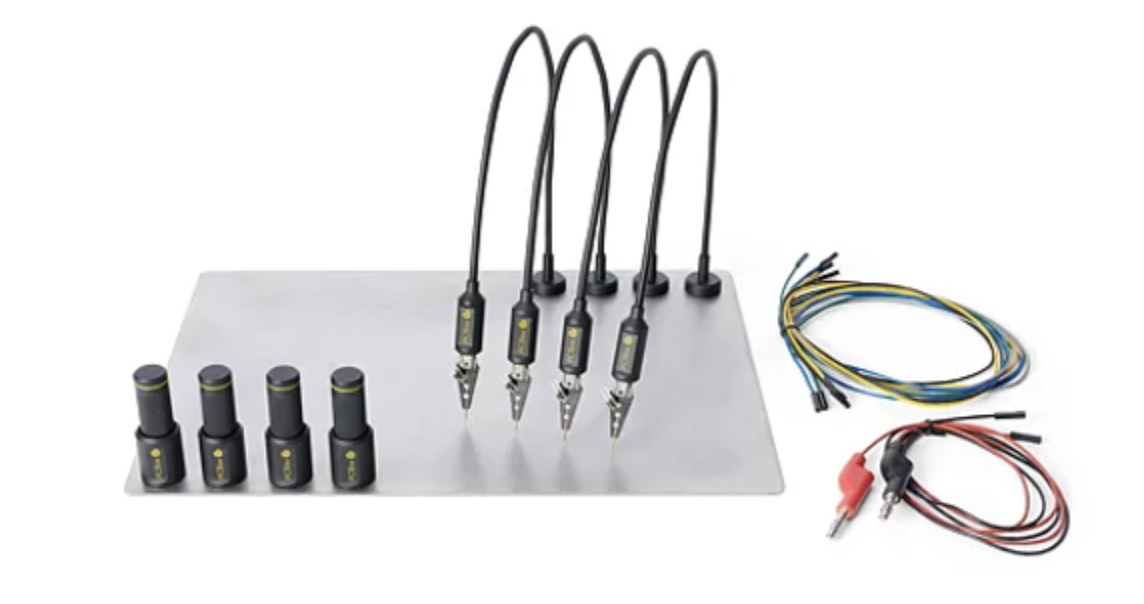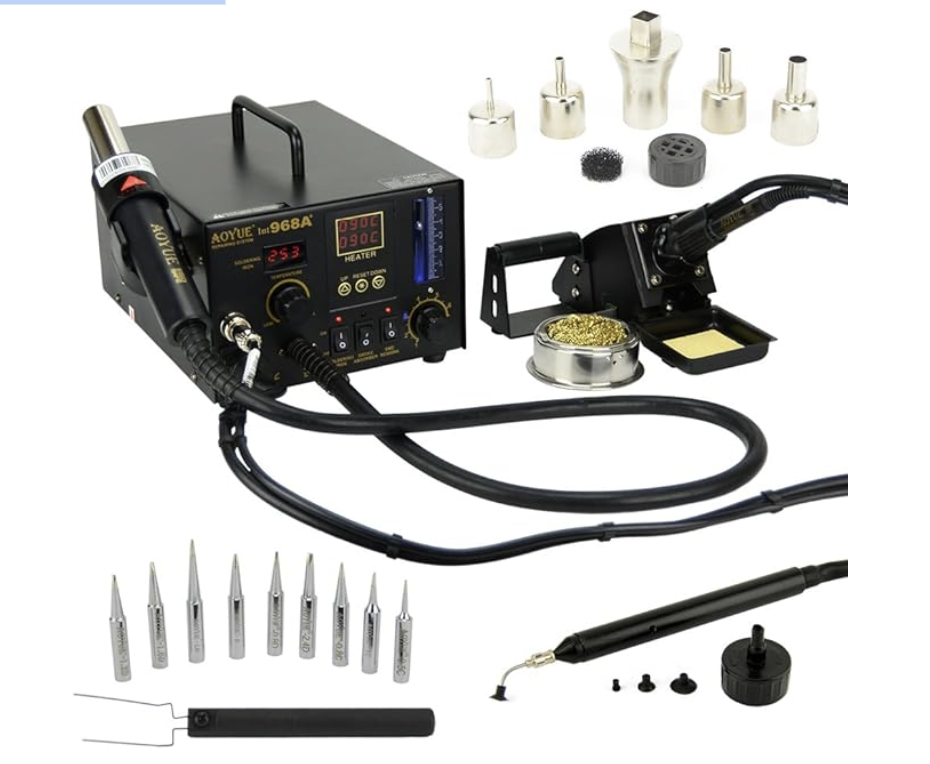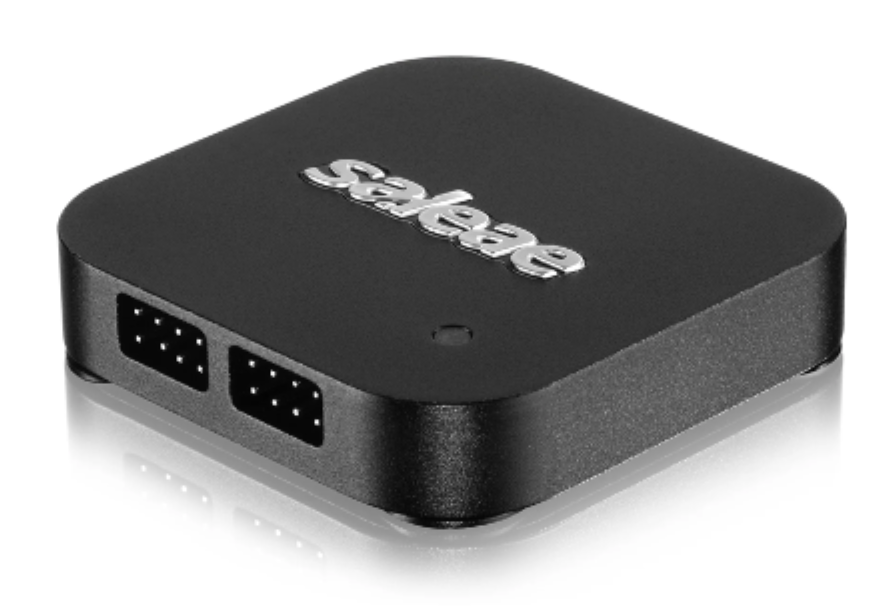Last updated at Fri, 13 Dec 2024 20:53:19 GMT
The Internet of Things (IoT) can be a daunting field to get into. With many different tools and products available on the market it can be confusing to even know where to start. Having performed dozens of IoT assessments, I felt it would be beneficial to compile a basic list of items that are essential to getting started delving into the realm of testing embedded devices. The tools that will be covered in this post are primarily used to interact with the debug interface of embedded devices, however, many of them have multiple functions, from reading data from a memory chip to removing components from the physical circuit board. I would like to note that neither I, nor Rapid7, benefit in any way from the sale of any of these products. We honestly believe they are useful tools for any beginner.
1) Serial Debugger
One of the most used items when it comes to IoT testing would be a device used to interface with low-speed interfaces available on embedded devices. Gaining access to the debug interface on embedded devices is the easiest way to get a look under the hood of how the device is operating. One of the most popular and readily available devices on the market currently would be the Tigard.

The Tigard is a great open-source tool that has support for all the commonly used interfaces you might encounter on modern day embedded devices. It has support for Universal Asynchronous Receiver-Transmitter (UART), Joint Test Access Group (JTAG), Serial Peripheral Interface (SPI), Inter-Integrated Circuit (I2C), and Serial Wire Debug (SWD) connections. This device allows you to connect to various serial consoles or even extract the contents of commonly found flash memory chips. It is powered by a USB-C connection and also has the ability to select commonly used voltage supplies to power components when needed.
Link: https://www.crowdsupply.com/securinghw/tigard
2) PCByte Probes
A tool that saves a ton of time when it comes to connecting to serial interfaces and on-board components is a set of PCByte Probes. Without these probes, you would often have to resort to soldering on header pins or trying to attach to onboard components using probe connectors.

The starter level probe set includes 4 hands-free probes, a set of PCB holders, a magnetic base, and accessories. Oftentimes embedded devices contain small components on the circuit board that are not easily accessible due to size requirements. These probes allow for quick, solder-free, connections to be made to embedded devices. All you need to do is position the spring-loaded probes on areas of the circuit board and connect the included dupont wires to either a logic analyzer or a serial debugger to interface with the target device. The included circuit board holders are a nice touch to ensure the circuit board is kept firmly in position while working.
Link: https://sensepeek.com/pcbite-20
3) Rework Station
While working with embedded devices, there might be scenarios you run into that involve removing small components from the embedded device for offline analysis. There are many options for rework stations out on the internet, all with various levels of price and functionality. A model that hits the sweet spot of price and functionality is the Aoyue 968A+ Professional SMD Digital Hot Air Rework Station.

This rework station includes a number of tools to make any reworking job easy in one simple package. It includes a soldering iron, hot air rework gun, vacuum pickup tool, and a fume extractor. There are many times when performing embedded testing that it is necessary to either solder wires onto connections or remove components from the board for data extraction. The 70 watt soldering iron and 550 watt hot air gun provides plenty of power for quick soldering jobs and component rework.
Link: https://www.amazon.com/Aoyue-968A-Digital-Rework-Station/dp/B006FA481G?th=1
4) Logic Analyzer
Another important tool to have on hand when testing embedded devices is a logic analyzer. Many times, you will find that the debug port on an embedded device is not labeled on the circuit board. That is when a logic analyzer comes in handy to identify what various components on the board are without unnecessary guesswork. Logic analyzers are used to decode signals found on the board to identify and decode protocols such as UART, SPI, and I2C. There are many out on the market, but the sweet spot for price and functionality would be the Saleae Logic 8.

Saleae offers many different models of logic analyzers that all come in at different price points. Typically, the base model which supports 8 channels at a max speed of 100MS/s is sufficient for the majority, however, they do offer additional models that support a larger number of channels at higher speeds. Saleae includes the Logic 2 software which allows you to seamlessly interact with the device and identify protocols and decode signals on the board.
Link: https://usd.saleae.com/products/saleae-logic-8
As we've explored in this blog post, there are many options out on the market for conducting detailed analysis on embedded devices. Many of the tools out there are available at different price points and offer various levels of functionality and ease of interacting and interfacing with embedded devices. The goal with this guide is not to provide a comprehensive list of all available options, however to cover the basic tools used to begin your IoT journey.

